|
This article covers the final step in replacing the rusted out floors of my old Ford. This completes the most drawn out project I've done with the car so far and is a big step toward getting this thing off the jack stands and back on the road.
After the lower firewall was repaired I was ready to move on to installing the new floors. On the passenger side I made patches to make the best use of the good steel that was still there. I learned that while this saved a buck, it ate up a lot of time. The driver's side was equally as rotten so instead of making a bunch of patches I started looking around for complete floorpans and found Bradley Floorpans. I saw their name in a Facebook post and decided to shoot them an email. I'm glad I did. They sent back an email with a phone numer and I ended up talking to the owner, Paul Bradley, on the phone. This kind of service is a rare exception these days. Paul and I chatted for the better part of an hour shooting the bull about cars and family. It feels good to talk to a business owner who tries to make the effort to accommodate potential customers. I'm not a big shot, and I was only ordering one pan, but he took the time to help me out anyway. Paul inherited the company in 1983 from his dad who founded it in 1975. Located in the heart of NASCAR country, Bradley Floorpans is run by car guys for car guys. Bradley makes replacement pans for Ford cars 1933 through 1940 and 1949 to 1951 out of high quality, cold-rolled 18 gauge steel. Paul told me a little about his process. His company uses three sample pieces from unmolested cars to make their prototype pans. This ensures that everything is as close as possible to the way Ford made them back in the day. Then they press the pans onsite in the U.S. If you want to read more about how it all started you can do that here, or you can call Paul at 704-392-3206.
Back to Blog
4 Comments
Jon Shortt
6/2/2015 06:24:22 am
Aaron you did a fabulous job!! Looks way better than mine did. Getting close to the Blacktop.
Reply
Mike Sharum
6/4/2015 12:44:18 pm
Great article Aaron! I learned a ton of info, thanks for taking the time to post this!
Reply
Aaron
7/17/2015 01:07:05 am
Mike, thanks for the kind words! Stay tuned there's much more to come.
Reply
Fredric
8/9/2015 05:02:22 am
Reply
Leave a Reply. |
Categories
All
Archives
September 2019
GREen BibleAerostar CoilsFloorPans© 2018 Aaron Starnes.
All Rights Reserved. |

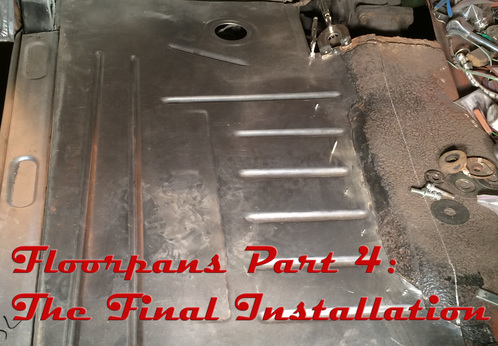
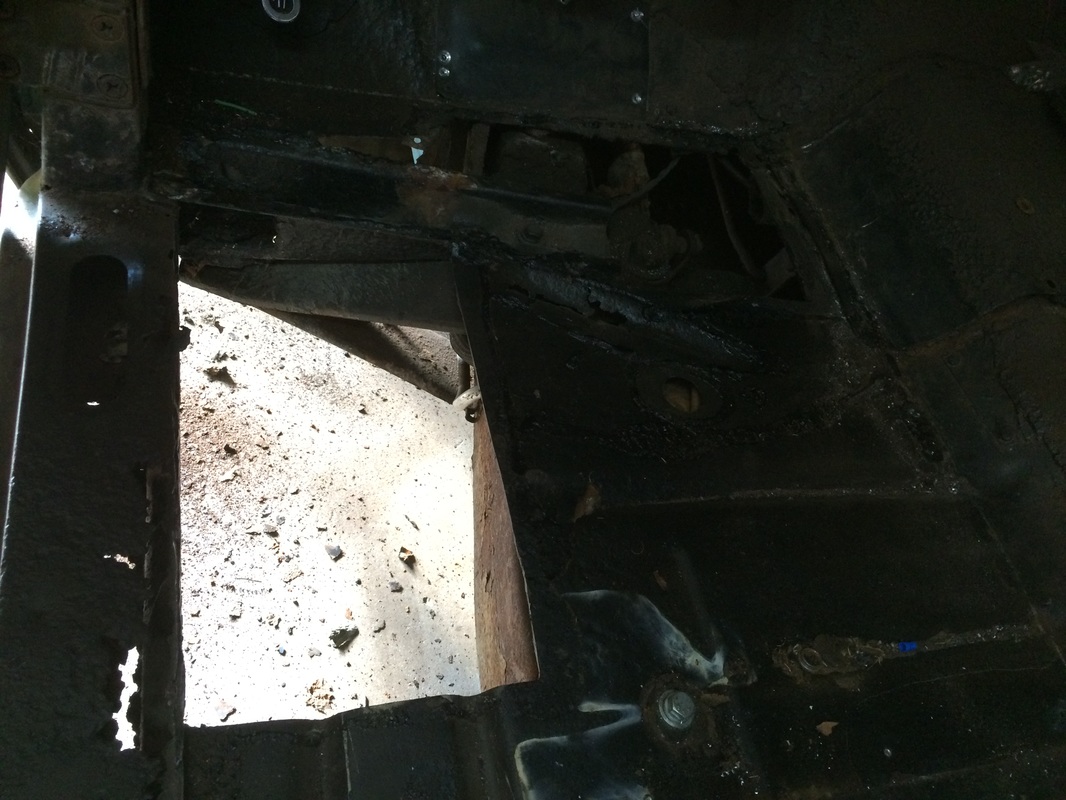
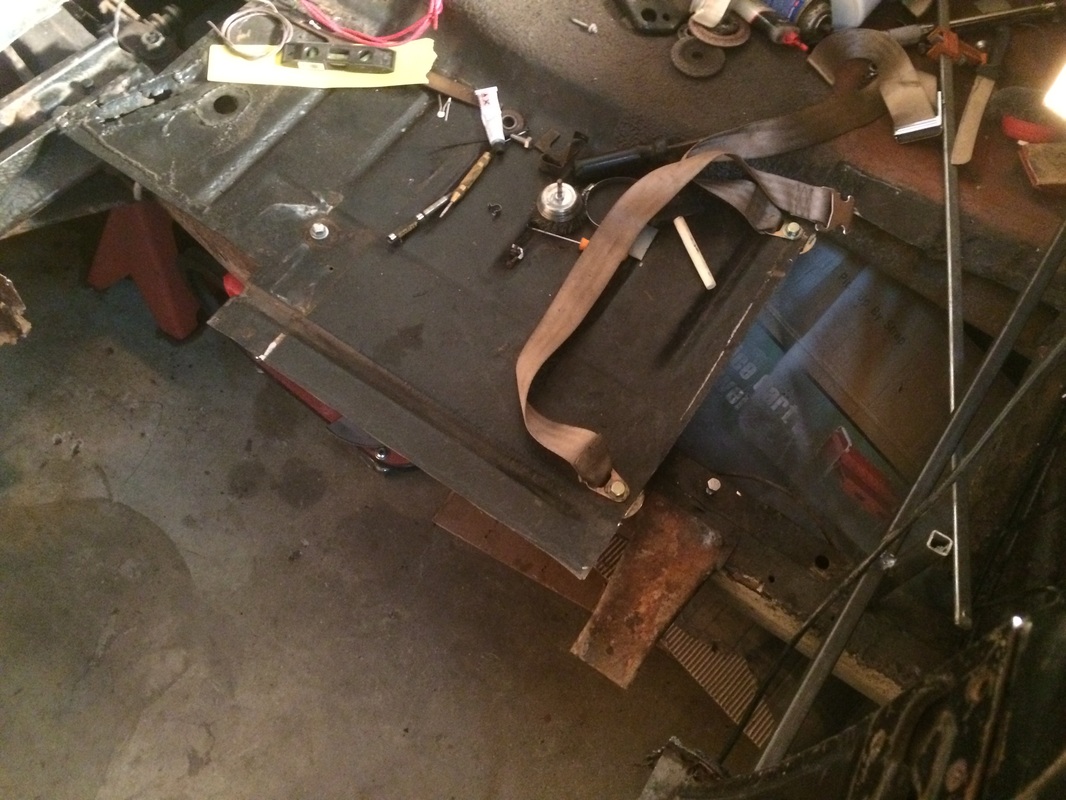
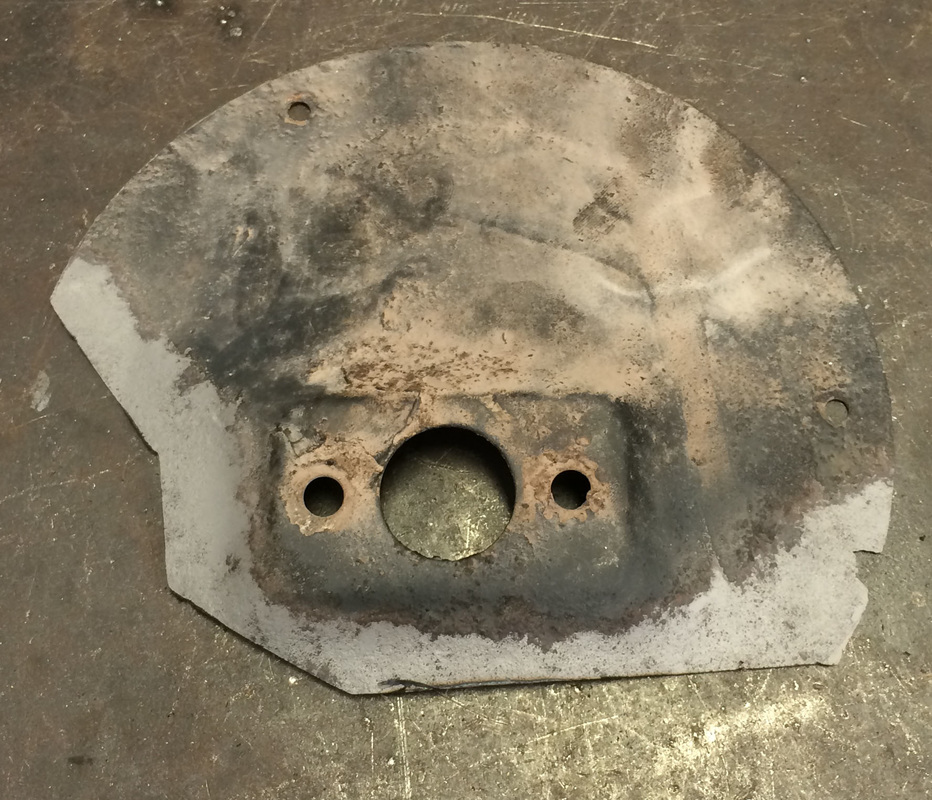
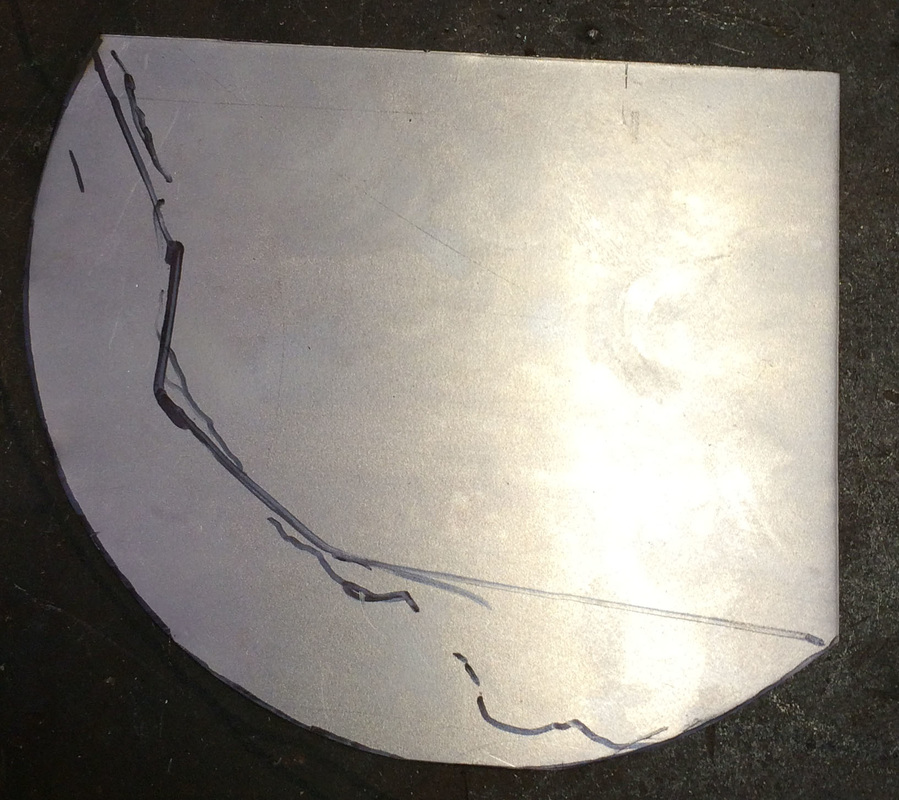
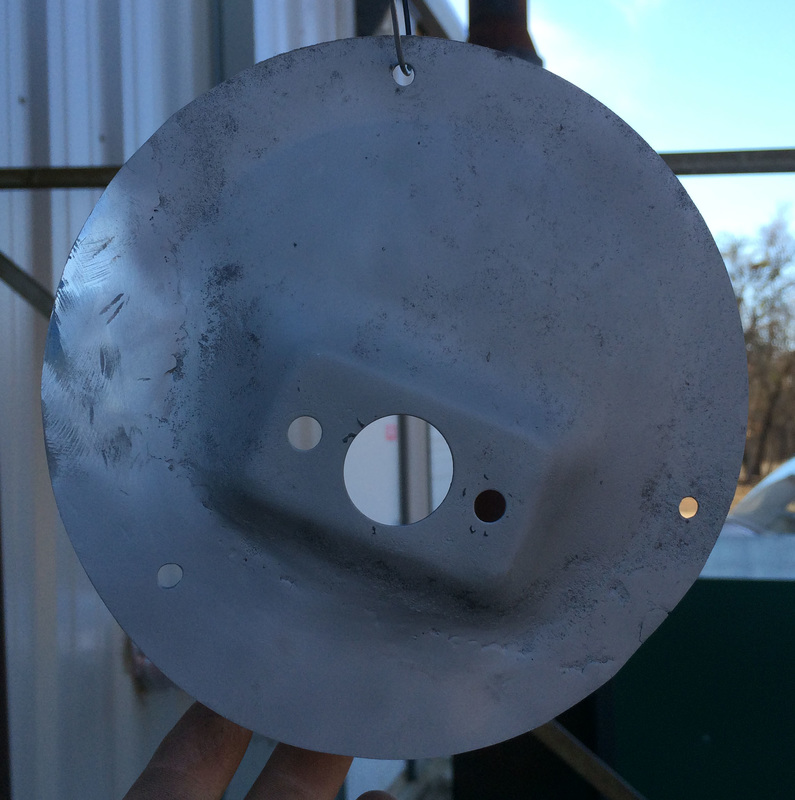
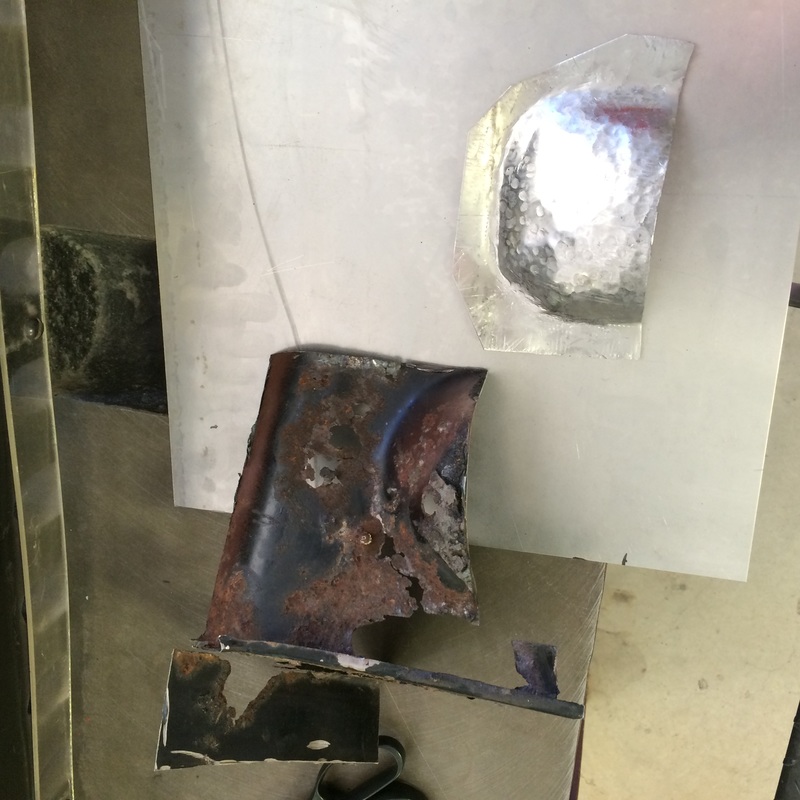
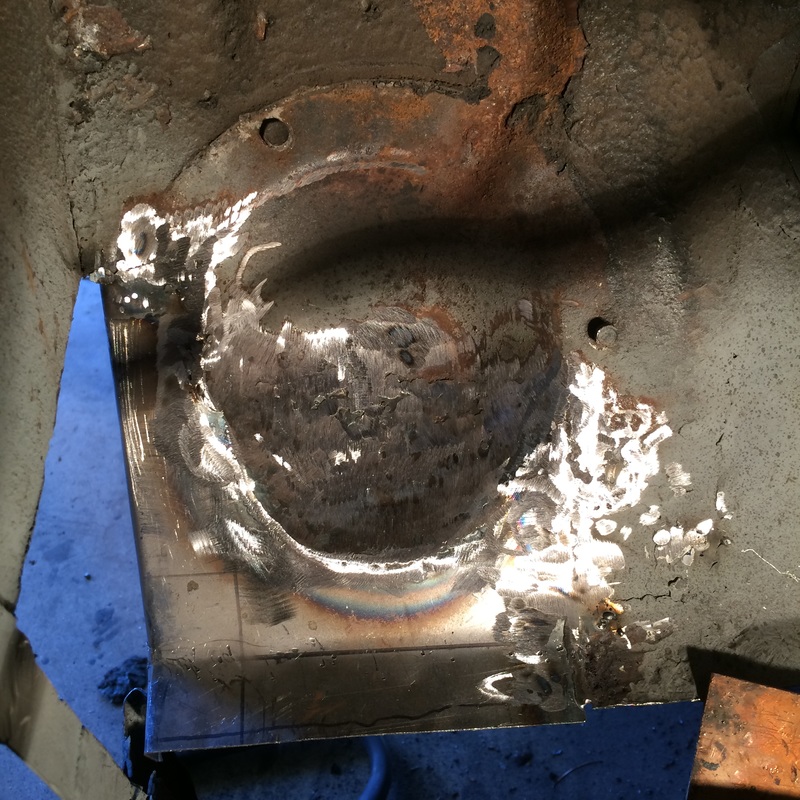
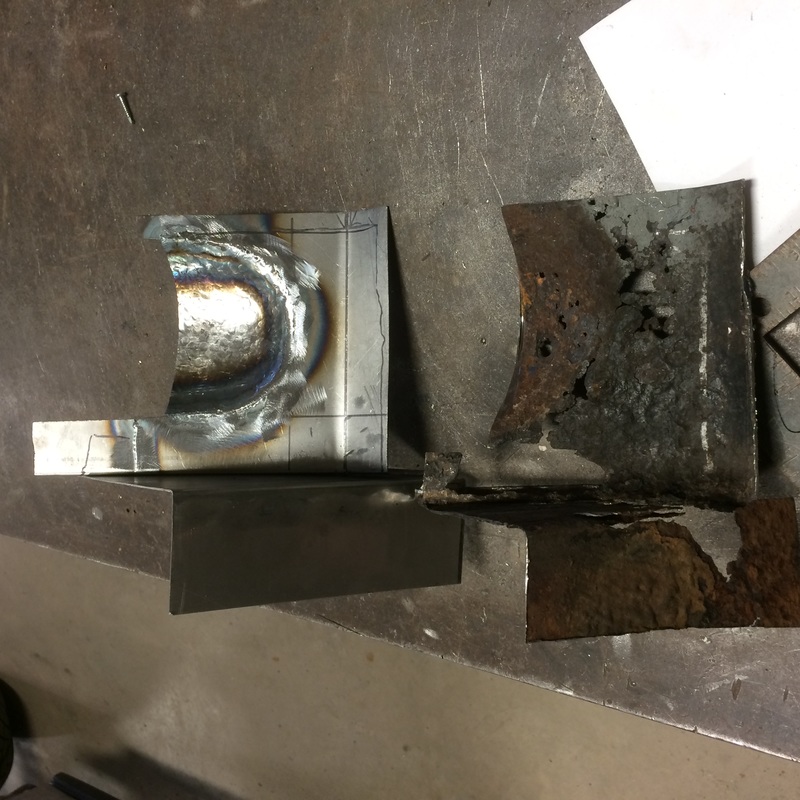
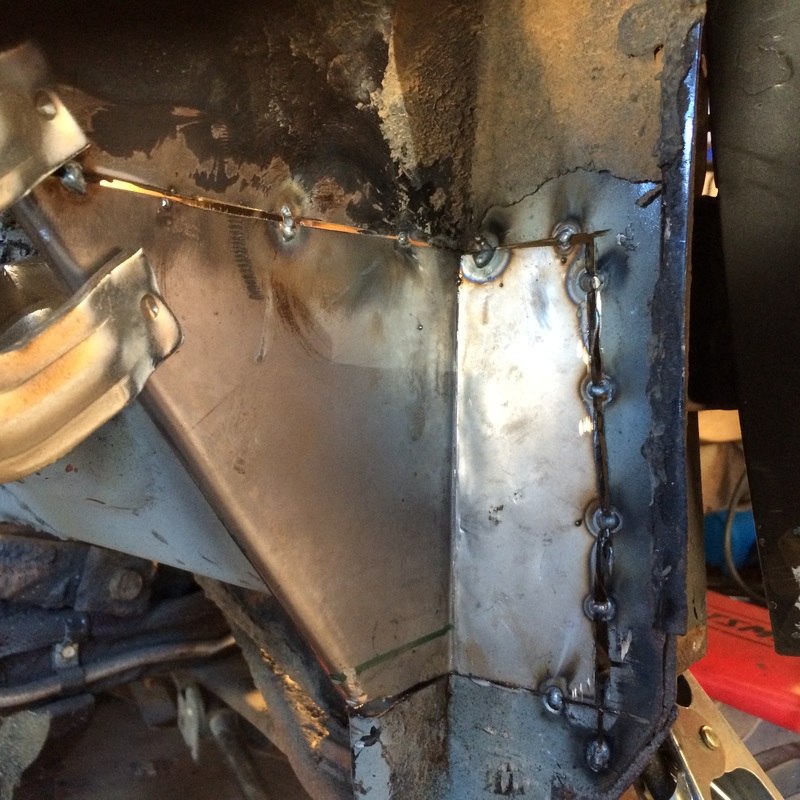
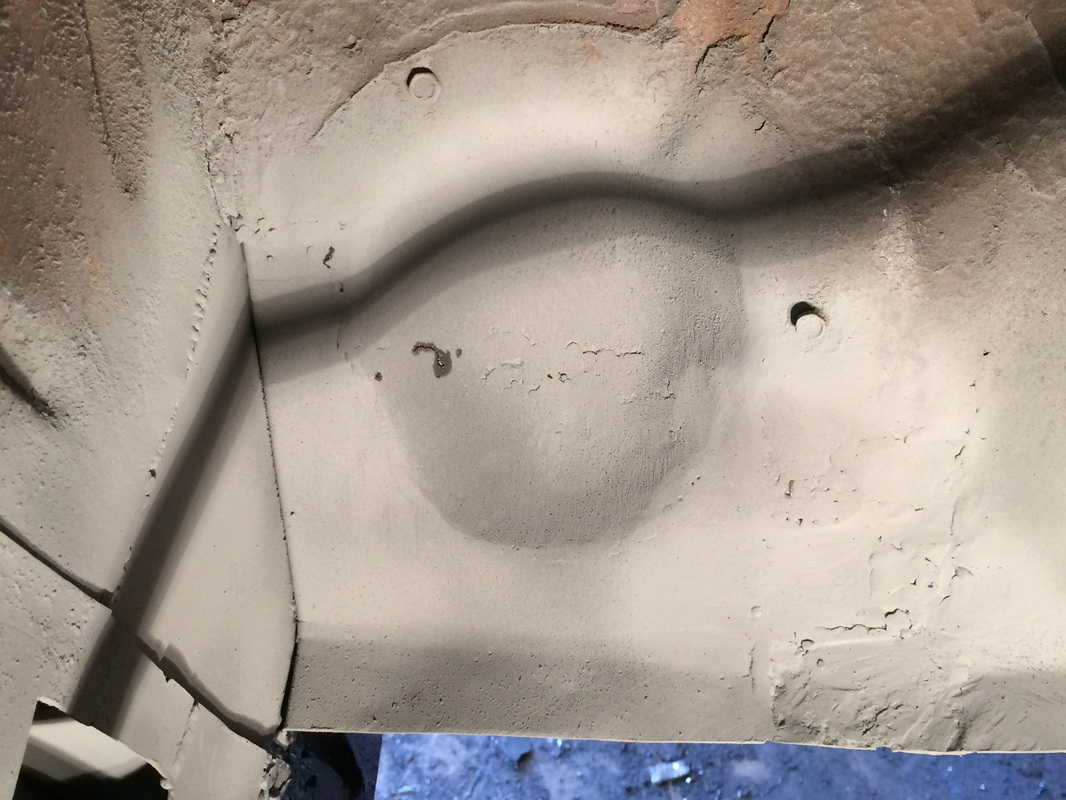
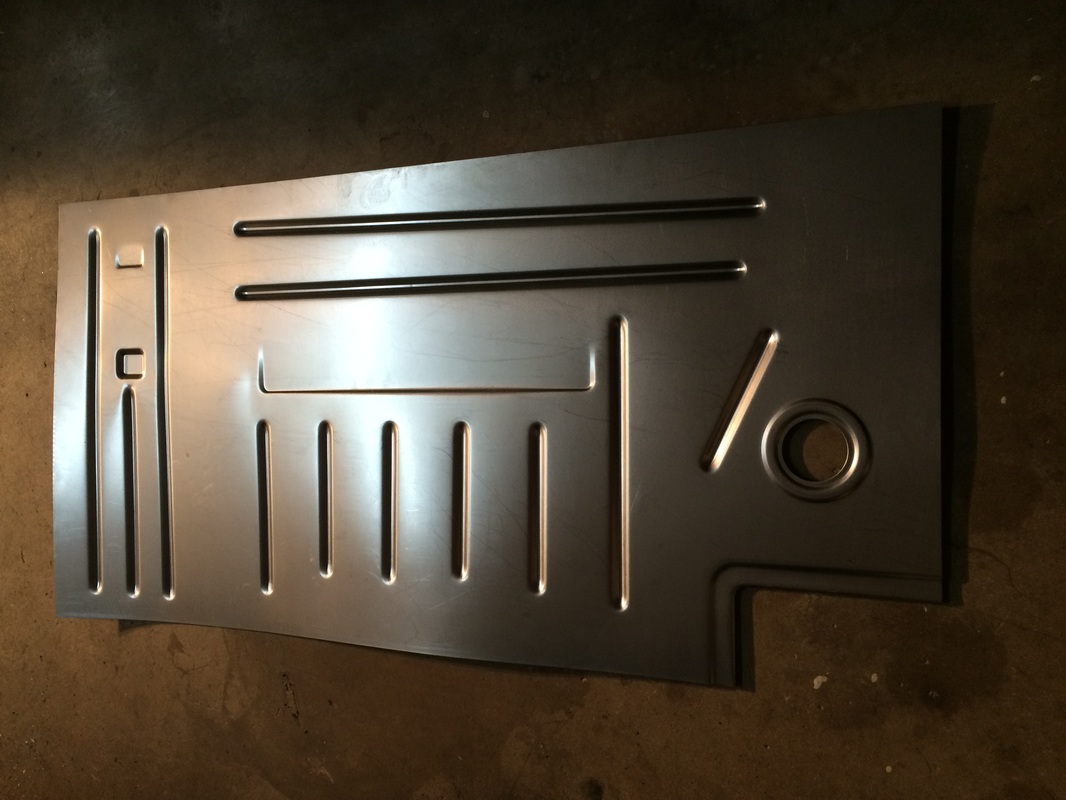
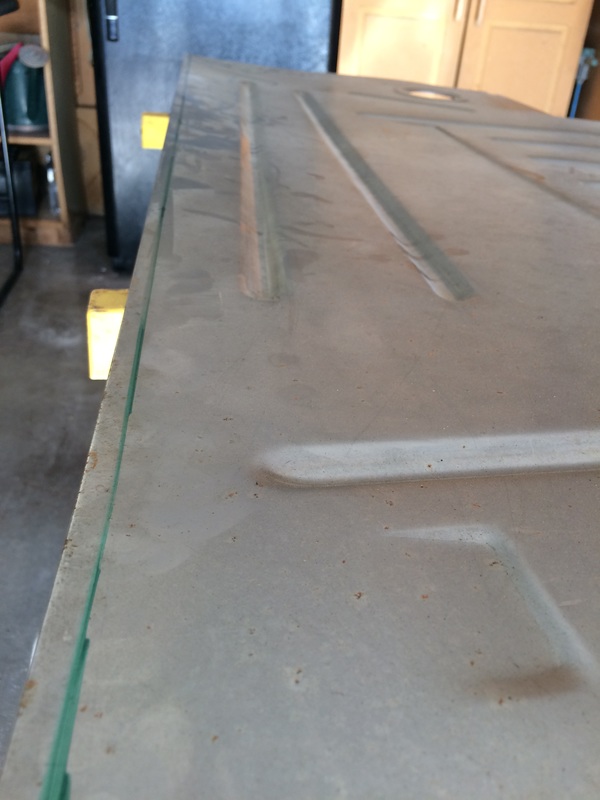
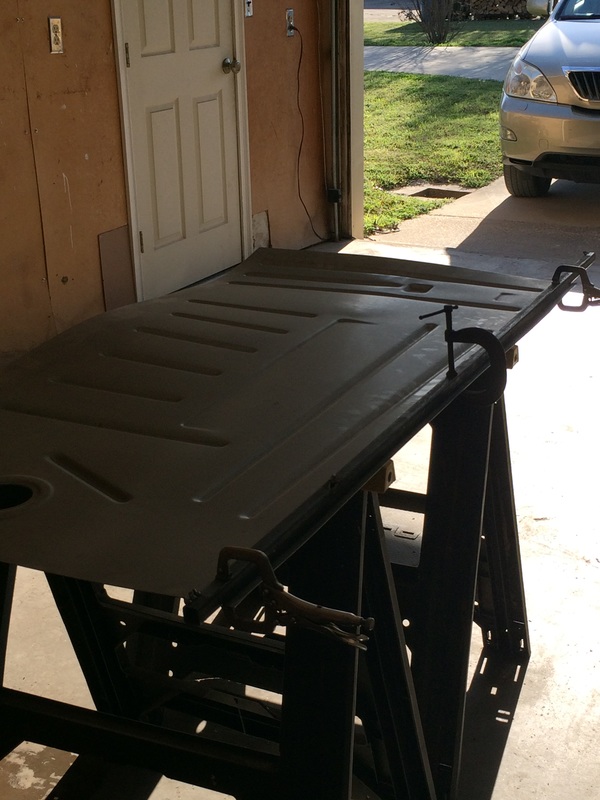
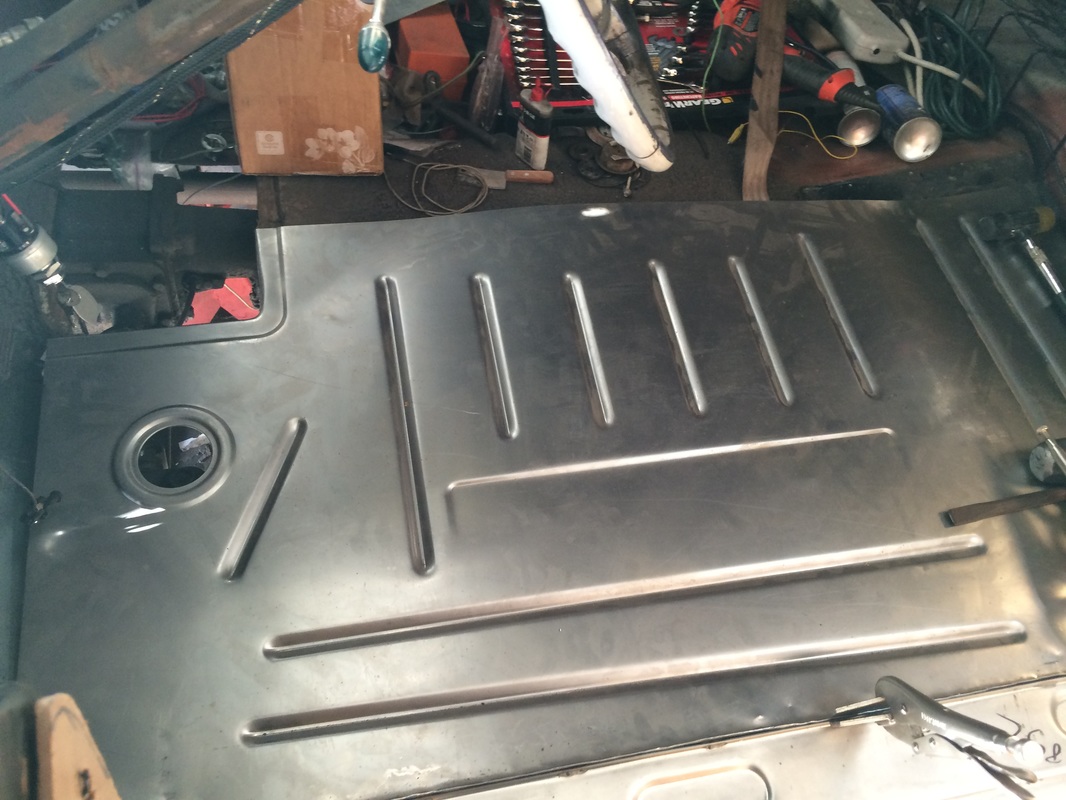
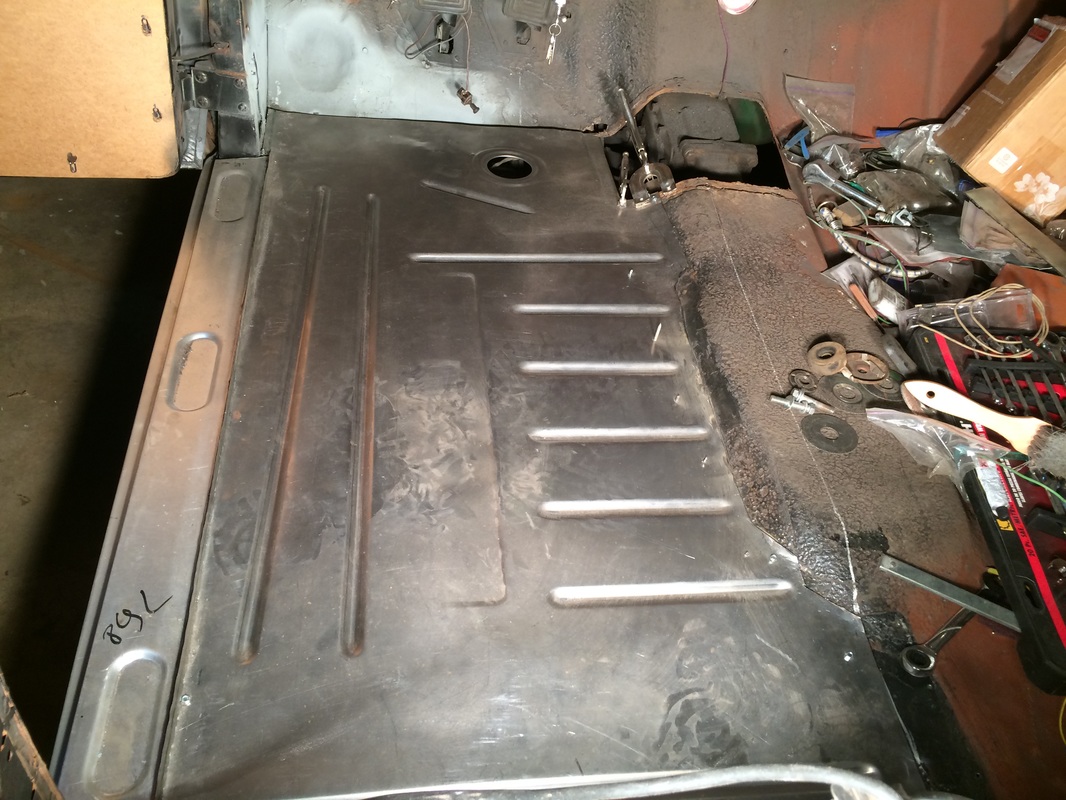
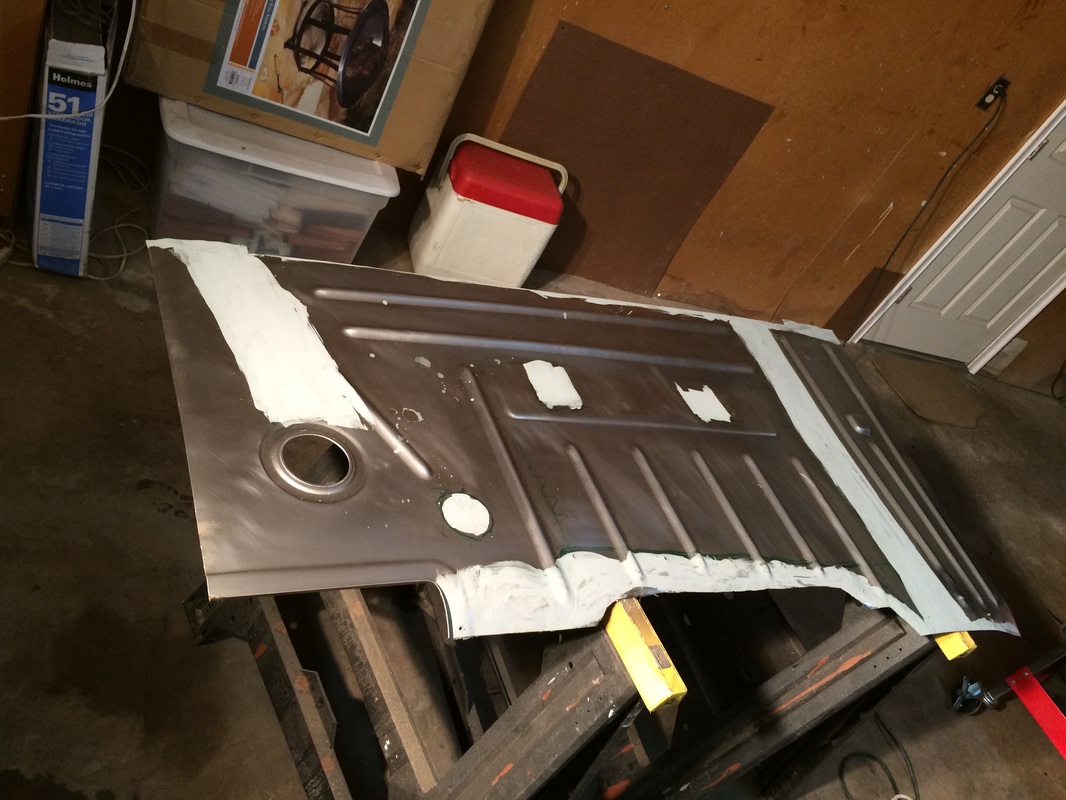
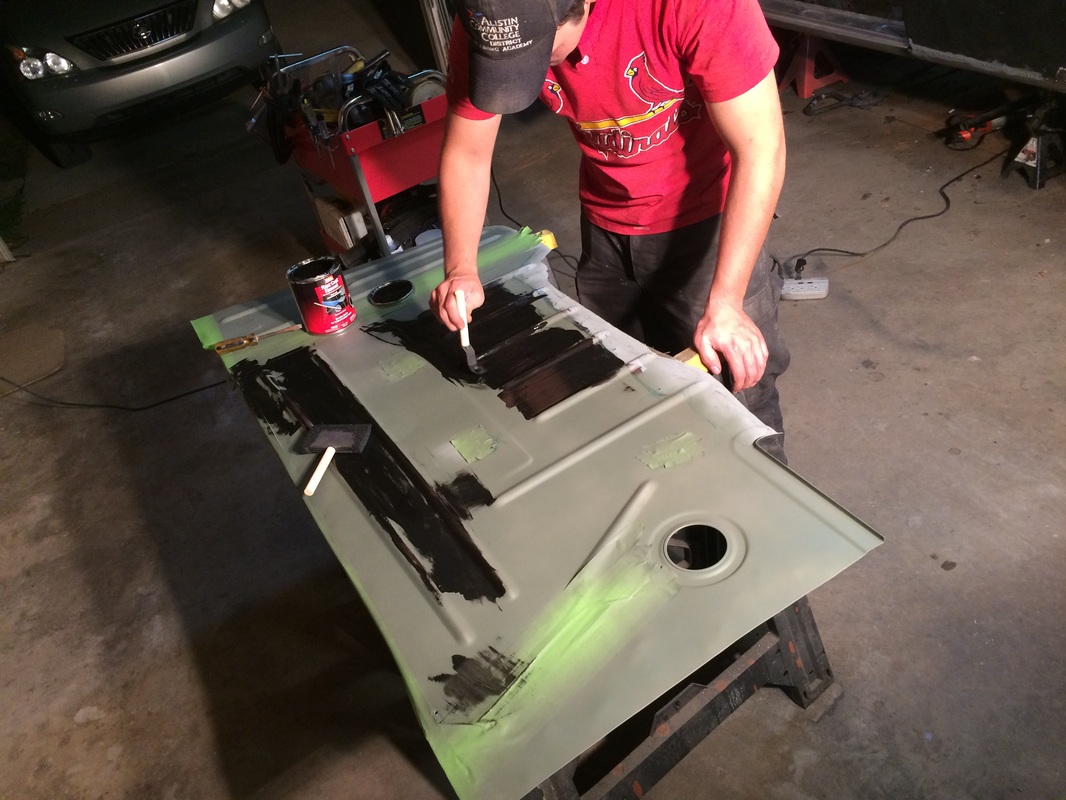
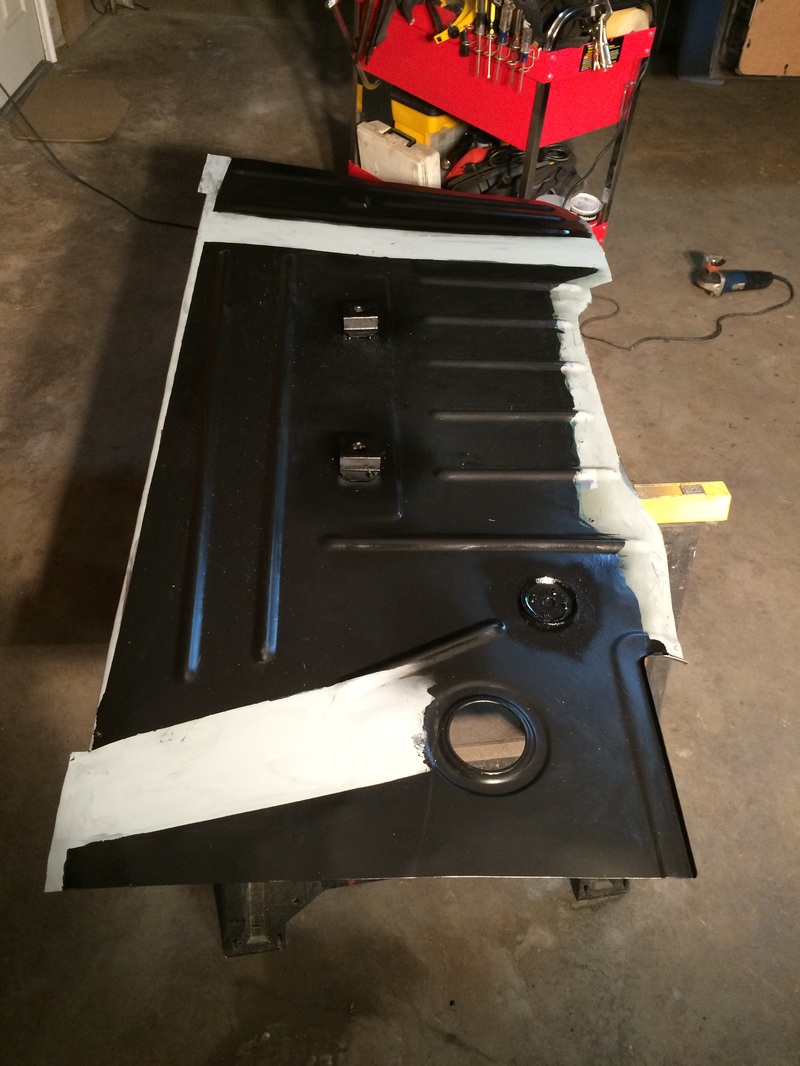
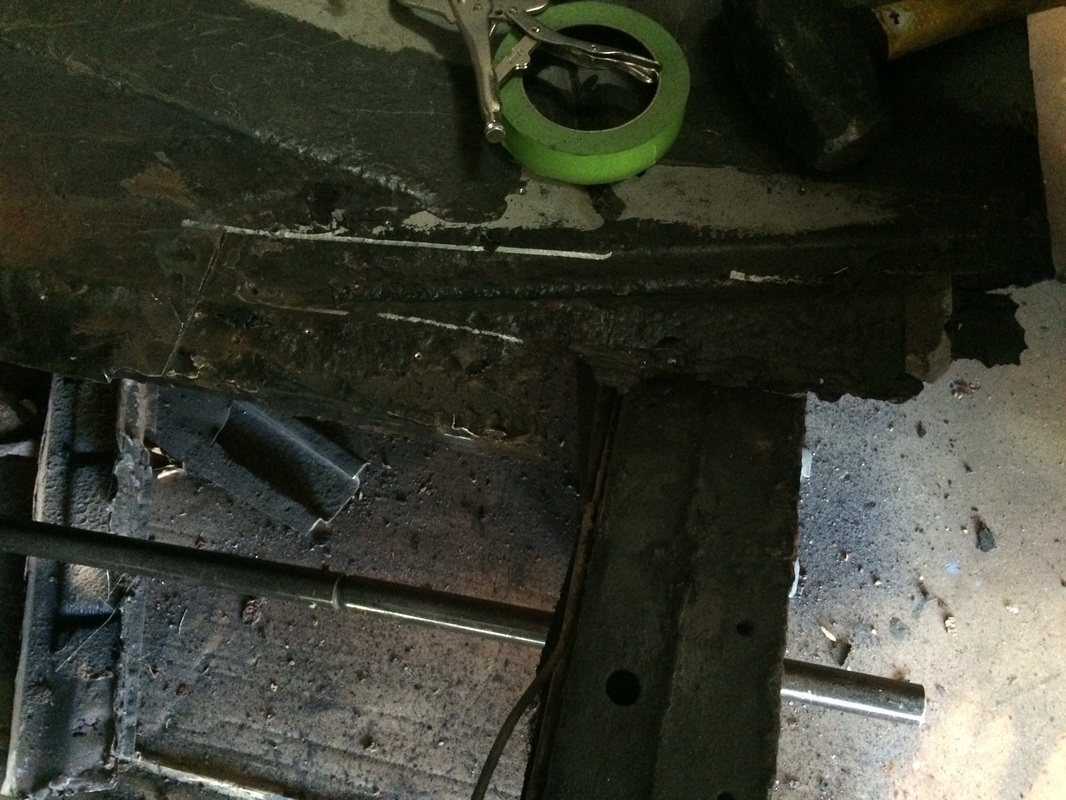
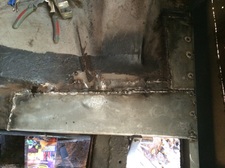
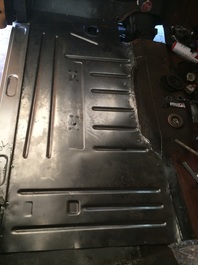
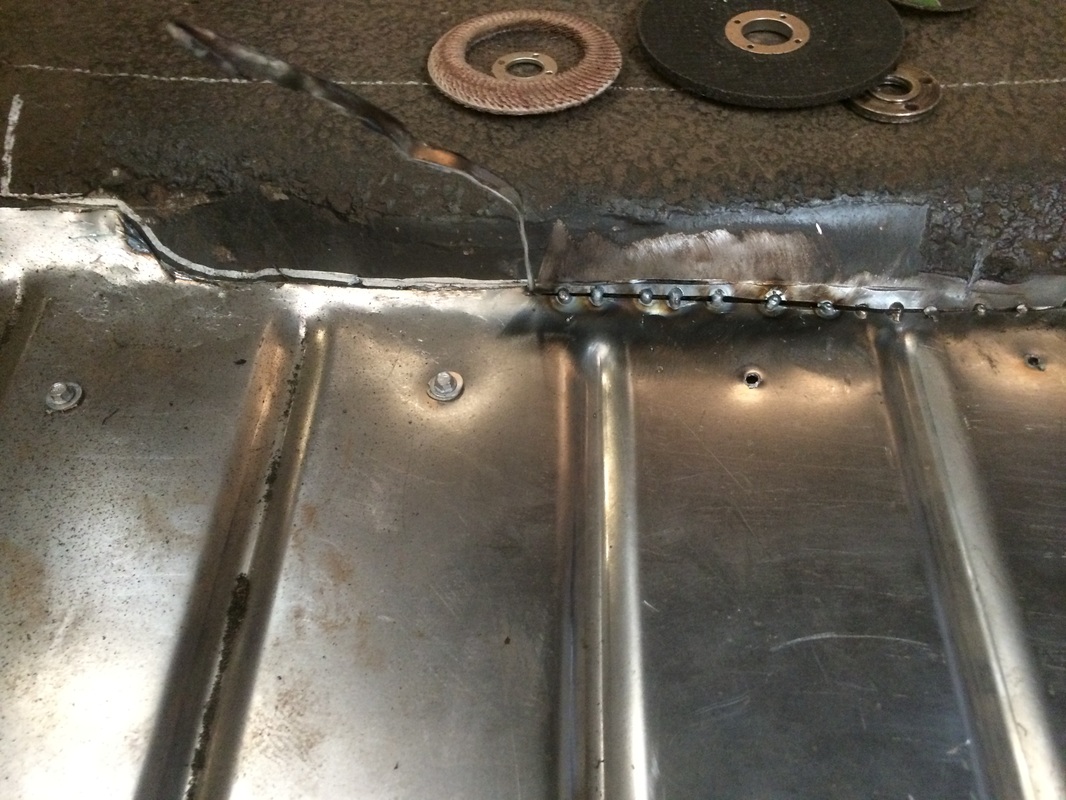
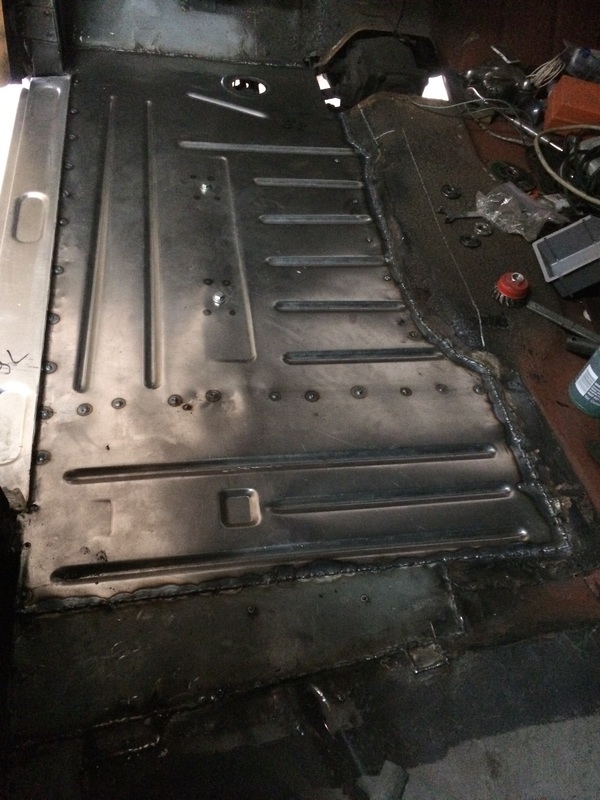
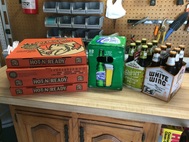
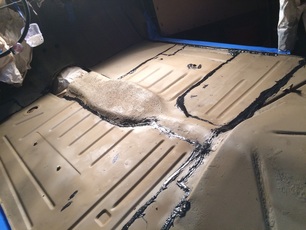
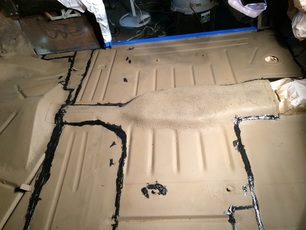
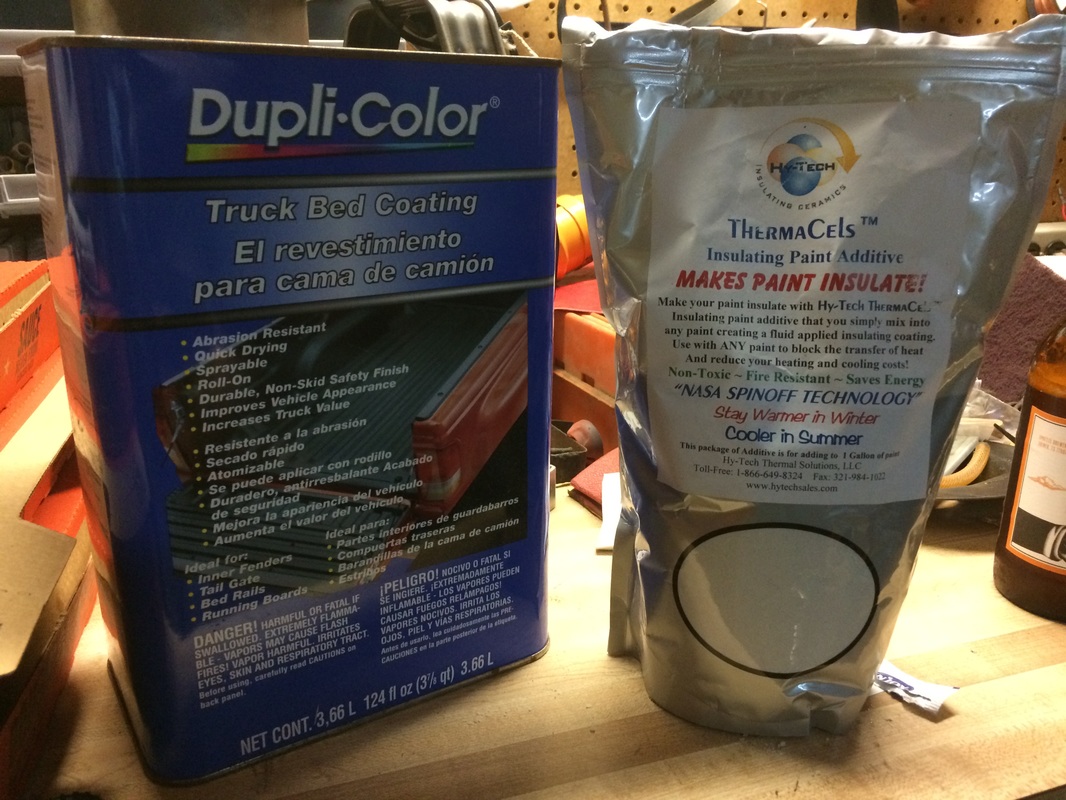
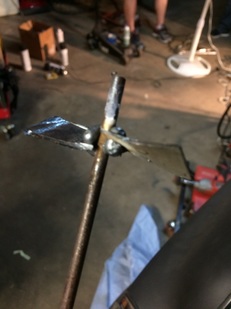
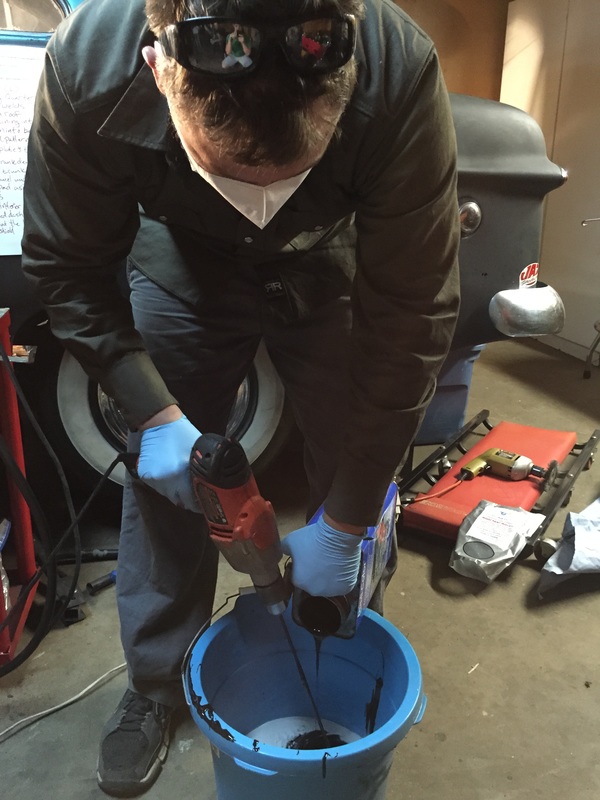



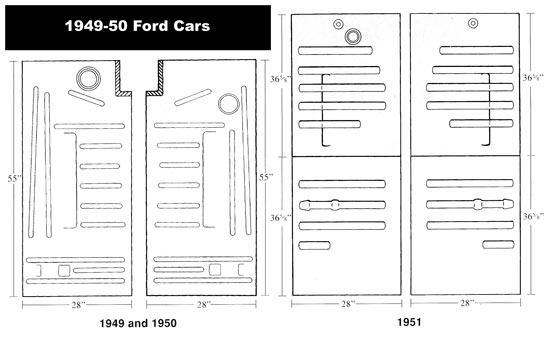
 RSS Feed
RSS Feed
